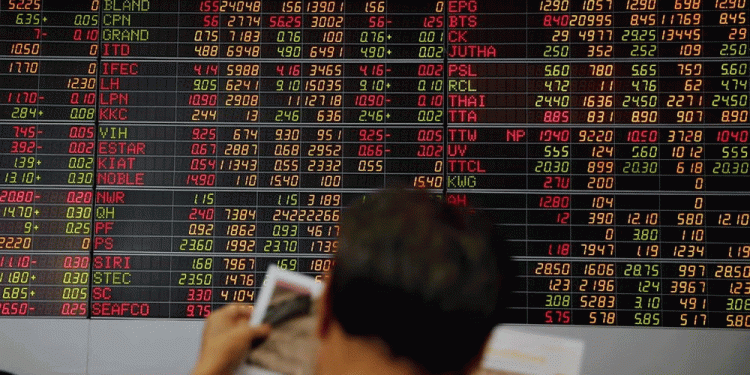By Elias Glenn
BEIJING (Reuters) – China’s economy grew 6.8 percent in the first quarter of 2018, slightly faster than expected, buoyed by strong consumer demand and surprisingly robust property investment despite continued measures to tame rising home prices.
Beijing is looking to keep the economic balancing act intact even as it faces rising trade tensions with its largest trading partner, the United States, that could impact billions of dollars in cross-border trade.
“Consumption is really strong, there is strong wage growth in urban areas. We underestimated the power of consumption in China,” said Iris Pang, Greater China economist at ING in Hong Kong
“Property investment is actually rising so I would not conclude the property segment is derailing the economy,” she added, referring to the consensus view that the sector is starting to cool under the weight of rising mortgage rates and measures to curb speculation.
Analysts polled by Reuters had expected gross domestic product (GDP) to expand 6.7 percent in the January-March quarter, slowing only marginally from 6.8 percent growth in the previous two quarters.
That’s positive news for Beijing, giving policymakers room to further reduce risks in China’s financial system and rein in pollution without stalling economic growth.
Resilient consumption, which accounted for 77.8 percent of economic growth in the first quarter, has helped support the world’s second-largest economy even as risks grow for its exporters.
Investment in real estate, a crucial driver of the economy, accelerated to 10.4 percent in the first quarter — the fastest pace in three years. That compared with a 9.9 percent rise in the first two months of this year and a 9.1 percent expansion in the same period in 2017.
March retail sales rose 10.1 percent from a year earlier, the strongest pace in four months, with consumers buying more of almost everything from cosmetics and clothing to furniture and home appliances. Analysts had expected retail sales to rise 9.9 percent from 9.7 percent in the first two months of the year.
The first-quarter economic performance has set a good foundation for the full year, although international uncertainties are increasing and domestic development remains uneven, the National Bureau of Statistics said.
Growth remained comfortably above the government’s target of around 6.5 percent for the full year, which could give policymakers more confidence to step up efforts to reduce risks in the financial system and clean up the environment.
On a quarterly basis, GDP in the first quarter grew 1.4 percent, easing from a revised 1.6 percent in October-December.
Analysts had expected growth of 1.5 percent.
Overall Jan-March fixed-asset investment growth slowed to 7.5 percent, just below expectations and cooling from 7.9 percent in January-February.
First quarter infrastructure investment rose 13 percent on year, but eased slightly from Jan-Feb.
Private-sector fixed-asset investment rose 8.9 percent in January-March, compared with an increase of 8.1 percent in the first two months. Private investment accounts for about 60 percent of overall investment in China.
Industrial output was perhaps the biggest downside surprise, expanding 6.0 percent in March on-year, the slowest pace in seven months.
Analysts had predicted industrial output growth would cool to 6.2 percent from 7.2 percent in the first two months of the year.
For gaphic on China’s GDP trends click http://fingfx.thomsonreuters.com/gfx/rngs/1/599/752/index.html
For gaphic on trends in China’s economic indicators click http://fingfx.thomsonreuters.com/gfx/rngs/CHINA-ECONOMY/010031D432Z/index.html
Source: Investing.com



























